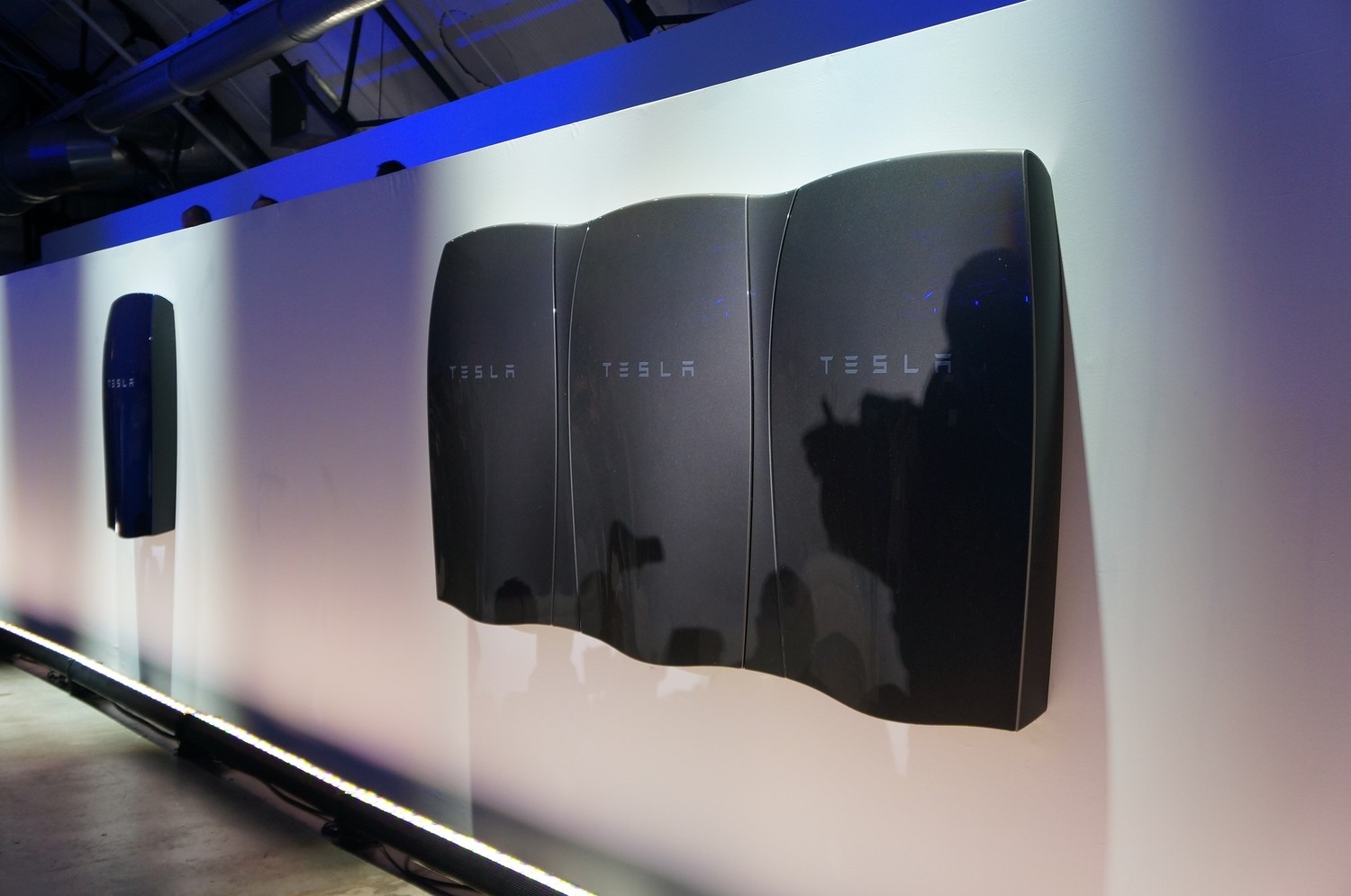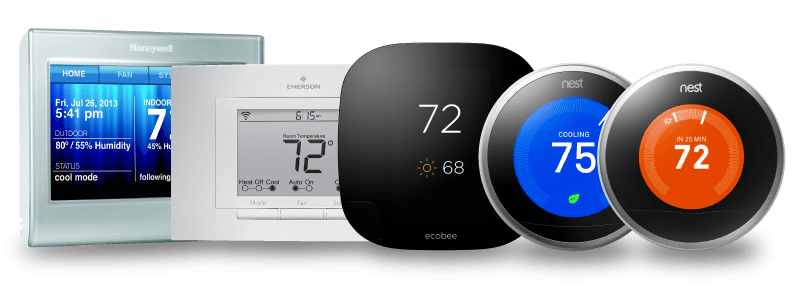Tesla. A name synonymous with futurism and electrical engineering (and also a little bit of magic). But the name is more than just a nod to the late inventor and physicist Nikola Tesla, it represents and ideology in favour of renewable energy. Enter Tesla Motors. The company has been designing and building electric cars since 2003 with the goal of making electric cars both affordable and cool. Now comes the Tesla Powerwall.
Their latest product – the Tesla Powerwall – is a grand leap in the right direction for renewable energy and is making waves in the US and is set to be one of the biggest technological advancements to hit our homes and businesses since the solar panel was introduced in the late 70s.
What is the Tesla Powerwall?
The Tesla Powerwall is a home battery. A device that can be used to store renewable energy produced by solar panels. When the sun goes down, the powerwall’s magic comes into play – providing a power source that you can utilise during peak periods or during power outages and storms.
“The average home uses more electricity in the morning and evening than during the day when solar energy is plentiful. Without a home battery, excess solar energy is often sold to the power company and purchased back in the evening. This mismatch adds demand on power plants and increases carbon emissions. Powerwall bridges this gap between renewable energy supply and demand by making your home’s solar energy available to you when you need it.” – Tesla Motors Website
What does that mean for Australians?
It means that for anyone that has a solar setup in their home or business, money can be saved by storing and consuming your excess solar energy instead of selling it back to the utility. Using the surplus power in times of need instead of pulling from grid mean less dollars spent for you, and less carbon emissions for the planet.
It’s a fantastic solution for rural areas of Australia that experience unreliable power supply or bad weather, flooding and fires that may cause power outages from time to time.
Do the claims hold up?
You bet they do. Popular Mechanics tested a fully charged 10kWh Powerwall with a range of common electrical goods and reported back on the time it took to drain the supply. Here are the results:
- charge your iPhone 952 times*
- run your laptop for 200 hours
- blend 4,000 margaritas
- run 30 loads of laundry (without drying)
- dry 4 loads of laundry (assuming you washed them by hand)
- brew 30 pots of coffee
- run a window air conditioner for 10 hours
- run a space heater for more than 6.5 hours
- keep an electric furnace on for half an hour
- run an old tube-style TV for 130 hours, an LCD for 50, or a plasma for 30
- microwave 300 Hot Pockets
- keep your fridge on for 50 hours
- keep your Wi-Fi going for 60 days
- make 360 pieces of toast in a toaster (or 1,000 in a toaster oven)
- power one 60-watt incandescent lightbulb for 170 hours or a CFL 60-watt equivalent for 560 hours
This roughly equates to 8 hours of power in a three bedroom house if using all the electrical utilities you’d normally run. But if you’re being cautious with usage, it could last you much longer.
What’s the damage?
A Powerwall will set you back around $4500. Pre-orders are open now with deliveries expected to Australian’s at the end of the year. Preorder here.
Is it worth it?
According to Renew Economy it has a 6 year payback. It has been noted the system will more likely suit larger detached houses with higher than average consumption. And if you don’t already have a set of solar panels, you’ll need to get some installed.
There’s no question this piece of technology is an exciting step into the future. It’s commercial viability isn’t clear cut, but we’re certainly seeing some huge benefits. Besides the obvious cost-savings, the product supports the idea of renewable energy. Given we’re on a short timeline to work out a solution to the energy conundrum, it’s a very welcome idea.








